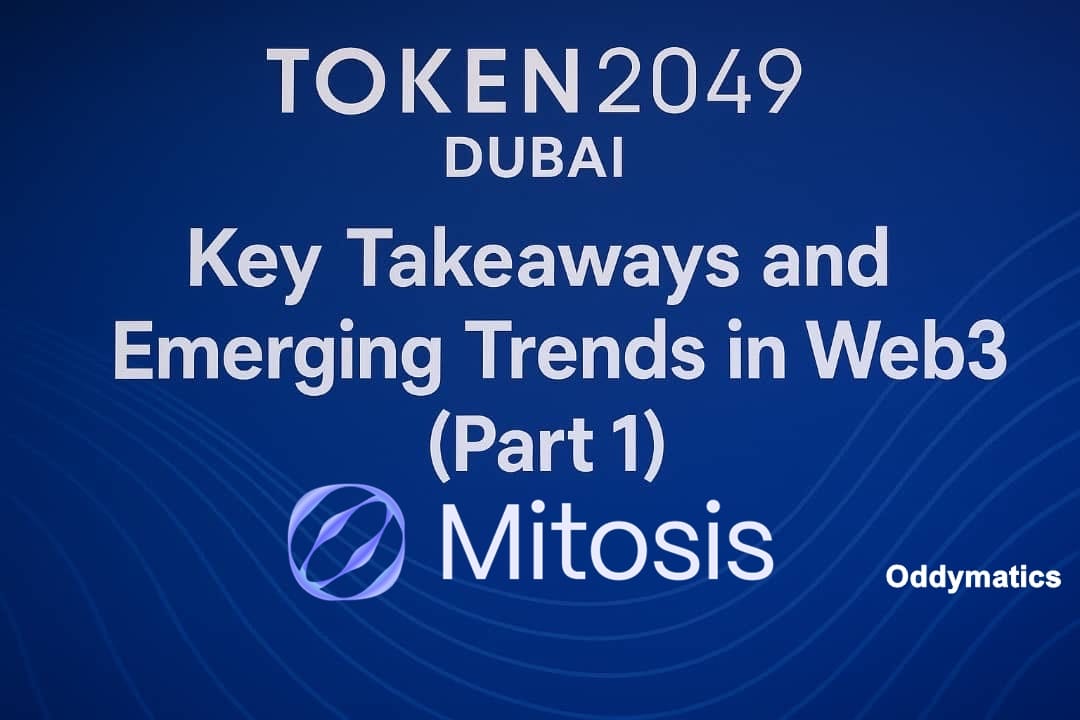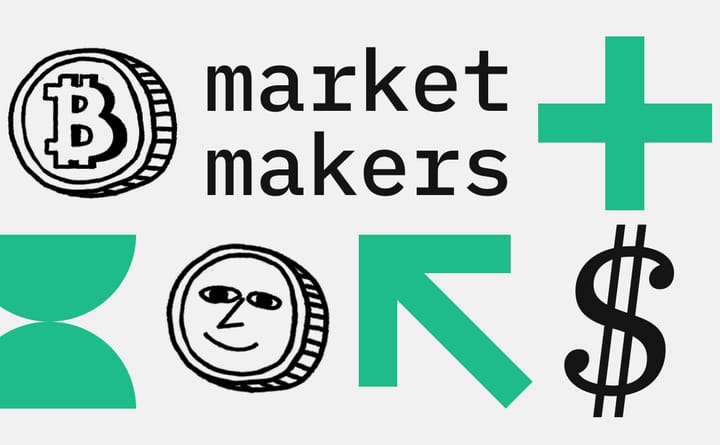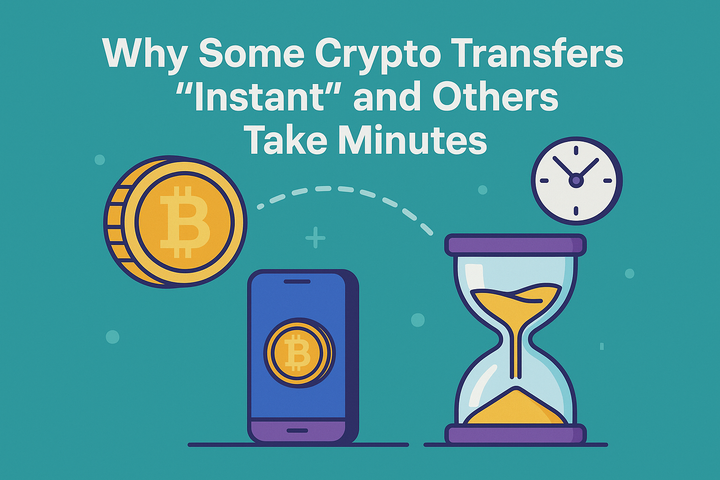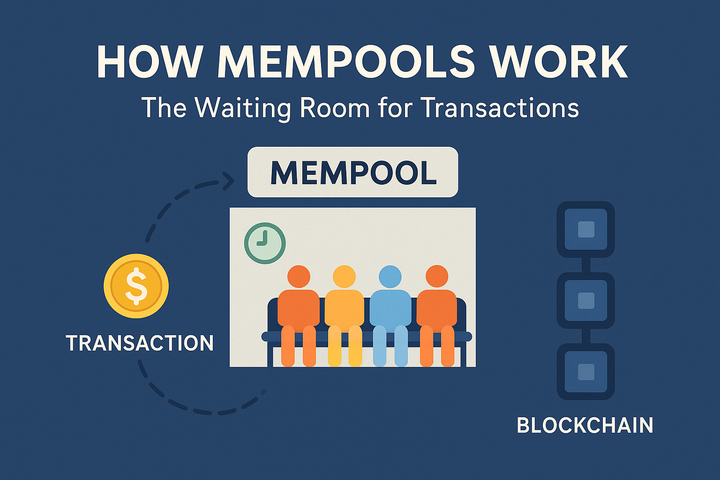TOKEN 2049 Dubai: key takeaways and Emerging Trends in Web3 (Part 1)

Introduction:
TOKEN2049 Dubai 2025 emerged as a pivotal event in the Web3 landscape, drawing over 15,000 attendees from more than 160 countries cementing its position as one of the most influential events in the blockchain and Web3 ecosystem. The conference spotlighted groundbreaking innovations From AI driven smart contracts to decentralized physical infrastructure, here are the key innovations that stood out and set the tone for emerging trends in the blockchain and decentralized technology sectors.
1.The fusion of AI and Blockchain:
The TOKEN2049 conference, one of the premier global events in the Web3 and blockchain space, has consistently spotlighted groundbreaking innovations. One of the most compelling themes in recent editions has been the fusion of artificial intelligence (AI) and blockchain technology, a convergence that promises to redefine industries, enhance security, and unlock new possibilities for decentralized systems.
Why AI and Blockchain? AI and blockchain are two of the most transformative technologies of our time, and their integration creates a powerful synergy:
- Decentralized AI & Data Ownership
- Blockchain enables trustless, transparent data marketplaces, allowing users to monetize their data while maintaining control.
- AI models can be trained on decentralized datasets without centralized intermediaries, reducing bias and increasing fairness.
- Smart Contracts + AI = Autonomous Agents
- AI-powered smart contracts can self-execute with dynamic decision-making, adapting to real-world data inputs (e.g., DeFi protocols adjusting interest rates based on predictive models).
- Projects like Fetch.ai and SingularityNET are pioneering AI-driven autonomous agents that operate on blockchain networks.
- Enhanced Security & Fraud Detection
- AI can analyze blockchain transactions to detect fraudulent activities, money laundering, and smart contract vulnerabilities in real time.
- Conversely, blockchain can verify AI decision-making processes, ensuring transparency and preventing manipulation in AI models (e.g., deepfake detection).
- Decentralized Compute Power for AI
- Blockchain networks like Akash Network and Render Network allow users to contribute unused GPU power for AI training, reducing reliance on centralized cloud providers.
- This lowers costs and democratizes access to high-performance computing for AI startups.
Key Discussions at TOKEN2049
At TOKEN2049, industry leaders, researchers, and startups explored:
- AI-Driven DAOs: How decentralized autonomous organizations can leverage AI for governance and operations.
- AI-Generated Content & NFTs: The role of blockchain in verifying authenticity in an era of AI-created media.
- Regulatory Challenges: Balancing innovation with ethical AI and compliance in decentralized ecosystems.
- Real-World Use Cases: From healthcare (secure AI diagnostics on-chain) to supply chain (AI + IoT + blockchain tracking).
The Road Ahead
The fusion of AI and blockchain is still in its early stages, but the potential is immense. As both technologies evolve, we can expect:
- More hybrid AI-blockchain platforms
- Greater adoption in enterprise and government solutions
- New economic models where AI agents participate in DeFi
2.DePIN: Decentralized Physical Infrastructure Networks:
A Key Theme at TOKEN2049. The TOKEN2049 conference has become a hotspot for discussing the next wave of blockchain innovation, and one of the most exciting trends this year is DePIN (Decentralized Physical Infrastructure Networks). This emerging sector is bridging the gap between blockchain and real-world infrastructure, creating a new paradigm for decentralized networks that power everything from wireless connectivity to energy grids.
what is DePIN? DePIN refers to blockchain-based networks that incentivize communities to build and maintain physical infrastructuresuch as wireless networks, cloud storage, EV charging stations, and sensor networks—using crypto rewards. Unlike traditional centralized providers (e.g., AWS, AT&T), DePIN projects leverage crowdsourced hardware and token incentives to create more open, efficient, and resilient systems.
Key Components of DePIN:
- Hardware Networks – Individuals and businesses contribute physical devices (e.g., routers, sensors, hard drives).
- Token Incentives – Participants earn crypto rewards for providing services (e.g., bandwidth, storage, compute power).
- Blockchain Coordination: Smart contracts manage payments, governance, and network operations without intermediaries
Why DePIN Matters
DePIN is gaining traction because it:
✅ Democratizes Infrastructure: Anyone can participate, reducing reliance on Big Tech monopolies.
✅ Lowers Costs: Crowdsourced networks are often cheaper than traditional providers.
✅ Enhances Resilience: Decentralized networks are less prone to single points of failure.
✅ Aligns with Web3 Values: Ownership, transparency, and community-driven growth.
Top DePIN Projects Highlighted at TOKEN2049
Several leading DePIN projects were showcased at TOKEN2049, including:
- Helium (HNT) – A decentralized wireless network for IoT and 5G, where users deploy hotspots to earn tokens.
- Filecoin (FIL) & Arweave (AR) – Decentralized storage networks competing with AWS and Google Cloud.
- Render Network (RNDR) – A GPU power marketplace for AI/3D rendering, leveraging idle hardware.
- DIMO (DIMO) – A decentralized IoT network for vehicle data, allowing drivers to monetize their car’s data.
- Hivemapper (HONEY) – A decentralized Google Maps alternative where users earn tokens for contributing road imagery.
Key Discussions at TOKEN2049 on DePIN
- Scalability & Adoption – How DePIN networks can compete with traditional infrastructure providers.
- Regulatory Challenges – Navigating compliance in telecom, energy, and data privacy sectors.
- AI + DePIN Synergies – How decentralized compute/storage networks can support AI development.
- Tokenomics & Sustainability – Ensuring long-term incentives for network participants.
The Future of DePIN: The DePIN sector is projected to grow exponentially, with some estimates suggesting it could be a multi-trillion-dollar market in the coming decade. As blockchain, IoT, and AI converge, DePIN networks will likely expand into:
- Decentralized energy grids (e.g., solar power sharing)
- Smart city infrastructure (e.g., traffic sensors, air quality monitoring)
- DePIN-powered AI (e.g., distributed training data collection)
3.Next-Generation DeFi Protocols:
Innovations Spotlighted at TOKEN2049. The rapid evolution of decentralized finance (DeFi), with next-generation protocols pushing the boundaries of scalability, user experience, and financial innovation. As the DeFi ecosystem matures, new projects are addressing key challenges, such as liquidity fragmentation, security risks, and institutional adoption, while integrating cutting-edge technologies like intent-centric architectures, AI-driven trading, and modular blockchains.
Key Trends in Next-Gen DeFi at TOKEN2049
1. Intent-Centric & AI-Optimized Trading: Traditional DeFi requires users to manually execute swaps, manage slippage, and navigate liquidity pools. Next-gen protocols are shifting to "intent-based" systems, where users specify what they want (e.g., "Get the best ETH price across DEXs") and AI or solvers find the optimal path.
🔹 Leading Projects:
- UniswapX (Gasless, cross-DEX order routing)
- 1inch Fusion (Resolver-based intent trading)
- Cow Protocol (Batch auctions for MEV protection)
- 2. Modular DeFi & Layer-3 Appchains: Monolithic blockchains (like Ethereum L1) face scalability limits. Modular DeFi leverages:
- Rollup-specific DeFi chains (e.g., StarkEx, Arbitrum Orbit)
- App-specific L3s (e.g., dYdX’s Cosmos-based chain)
- Restaking-powered security (EigenLayer for DeFi safety)
🔹 Key Players:
- EigenLayer (Restaking for shared security)
- Celestia (Modular DA for scalable DeFi)
- Manta Network (ZK-optimized DeFi L2)
3. On-Chain Derivatives & RWAs: DeFi is expanding beyond spot trading into synthetic assets, options, and real-world assets (RWAs).
🔹 Breakthrough Protocols:
- Aevo (Perp DEX with options trading)
- Pendle (Yield tokenization for fixed income)
- Ondo Finance (Tokenized Treasuries & RWAs)
4. MEV & Privacy Solutions: Maximal Extractable Value (MEV) remains a DeFi vulnerability. New solutions include:
- Encrypted mempools (e.g., Espresso Systems)
- Private DeFi transactions (e.g., Penumbra, Aztec)
- Fair-ordering protocols (e.g., Flashbots SUAVE)
5. AI-Powered DeFi: AI is being integrated into DeFi for,
- Predictive liquidity management (e.g., Kaito AI)
- Fraud detection & risk modeling
- Automated yield optimization (e.g., Spectral Finance)
Why This Matters
The next wave of DeFi is moving beyond simple swaps and lending into:
🚀 Institutional-grade infrastructure (compliant RWAs, KYC pools)
🚀 Smarter execution (AI-driven, intent-based trading)
🚀 Enhanced scalability (modular L2s/L3s)
🚀 Fairer markets (MEV resistance, privacy)
The Future of DeFi Post-TOKEN2049
The discussions at TOKEN2049 highlighted that DeFi 3.0 will be defined by:
- Seamless cross-chain interoperability
- AI-augmented financial strategies
- Hybrid on/off-chain compliance solutions
- Self-custody institutional DeFi
Projects that solve liquidity fragmentation, UX complexity, and security risks will lead the next bull cycle.
To be continued in Part 2



Comments ()